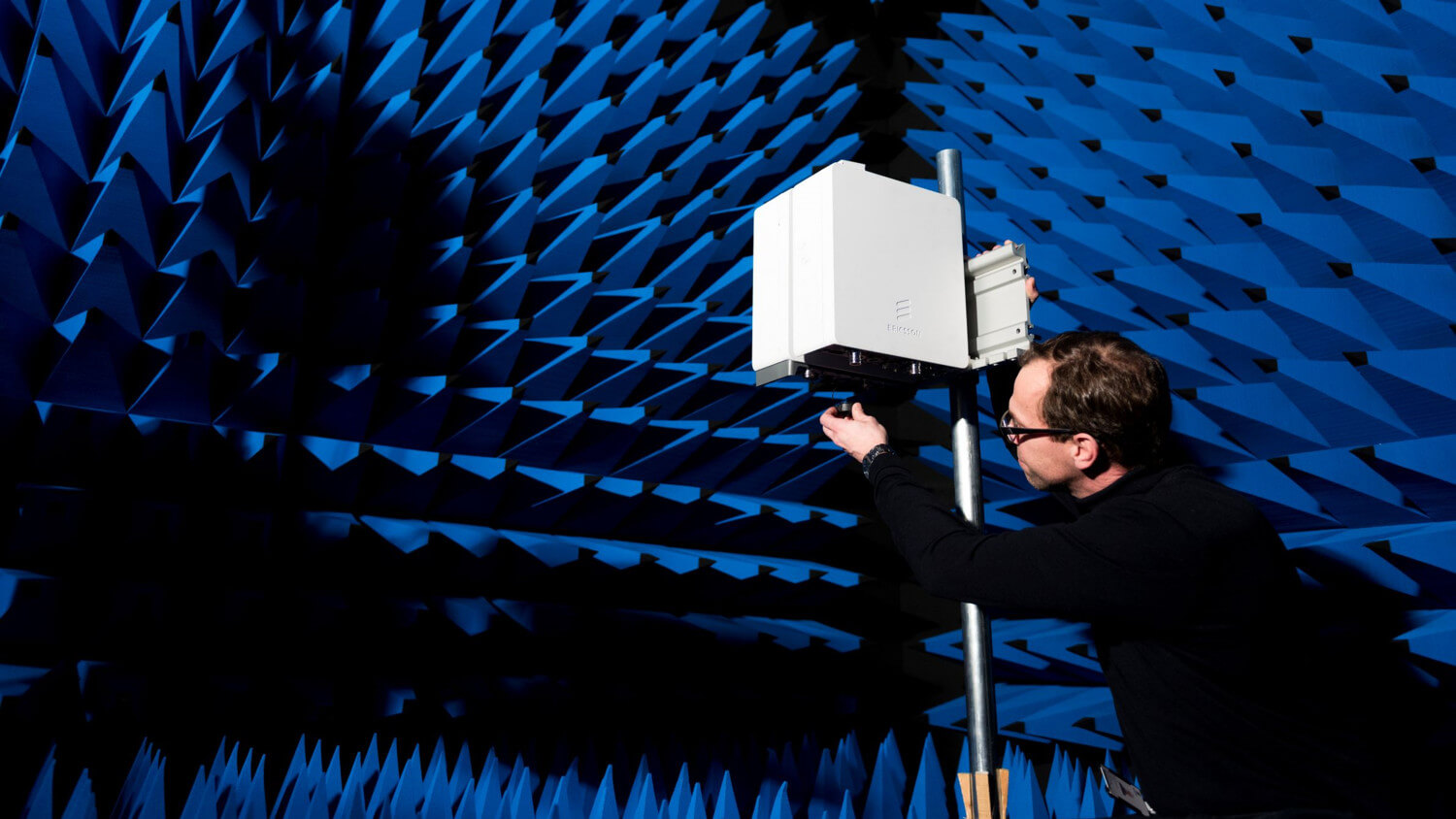Wireless backhaul
Wireless Backhaul Breakthrough: 40G bps & sub 1 usec Latency; 5G NR Call on 2.6 GHz
Ericsson announced on Friday that it has teamed with Deutsche Telekom to demonstrate a 40 Gbps mmWave wireless transmission link with sub 100-microsecond latency.
Ericsson said the test took place at the Deutsche Telekom Service Center in Athens. The test used millimeter wave (E-band) spectrum for transmission over a distance of 1.4 kilometers. The round-trip latency performance of the link tested was less than 100 microseconds, which confirmed the positive contribution of wireless backhaul technologies to satisfy network-specific latency targets.
Alex Jinsung Choi, SVP Strategy & Technology Innovation, Deutsche Telekom, says: “A high-performance transport connection will be key to support high data throughput and enhanced customer experience in next-generation networks. While fiber is an important part of our portfolio, it is not the only option for backhaul. Together with our partners, we have demonstrated fiber-like performance is also possible with wireless backhauling/X-Haul solutions. This offers an important extension of our portfolio of high-capacity, high-performance transport options for the 5G era.”
Per Narvinger, head of product area networks for Ericsson said: “Microwave continues to be a key technology for mobile transport by supporting the capacity and latency requirements of 4G and future 5G networks. Our joint innovation project shows that higher capacity microwave backhaul will be an important enabler of high-quality mobile broadband services when 5G becomes a commercial reality.”
Ericsson has a five-year contract with Deutsche Telekom, which kicked off in December 2017. Ericsson’s senior VP Arun Bansal says that they can deliver a 5G network in that time frame. “We listened to Deutsche Telekom and understood their urgency to have 5G-ready infrastructure in order to stay at the forefront.” They’ll run 4G on their 5G hardware until it is installed across the entire network, then they’ll launch 5G with the flip of a switch sometime in the next few years.
Technical setup included the use of Ericsson’s latest mobile transport technology including Ericsson’s MINI-LINK 6352 microwave solution and Router 6000.

……………………………………………………………………………………………………………………………………………………………………..
Separately, Ericsson and Qualcomm Technologies, Inc., a subsidiary of Qualcomm Incorporated, have achieved a non-standalone (NSA) 5G New Radio (NR) data call on 2.6 GHz, adding a new frequency band to those successfully tested for commercial deployment.
The bi-directional downlink and uplink data call was made at the Ericsson Lab in Kista, Sweden last December 20. It brings a new sub-6 frequency band one step closer to commercial rollout.
This latest Interoperability Development Testing (IoDT) data call is compliant with the 3GPP Rel-15 “early drop” specification that was frozen in March 2018 but further stabilized in September, and which is the basis for commercial launches expected in the first half of 2019.


